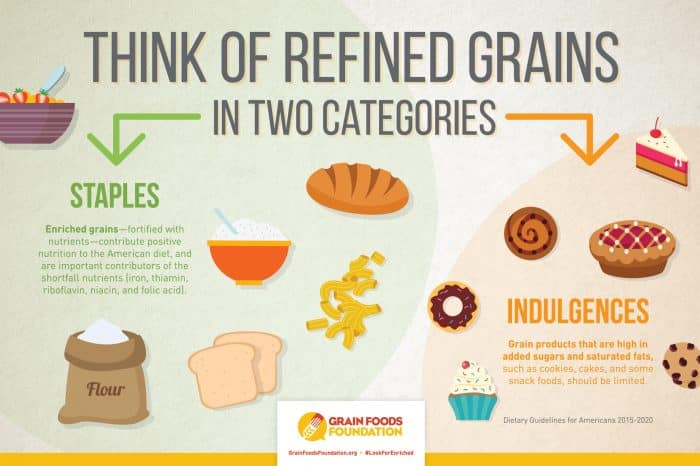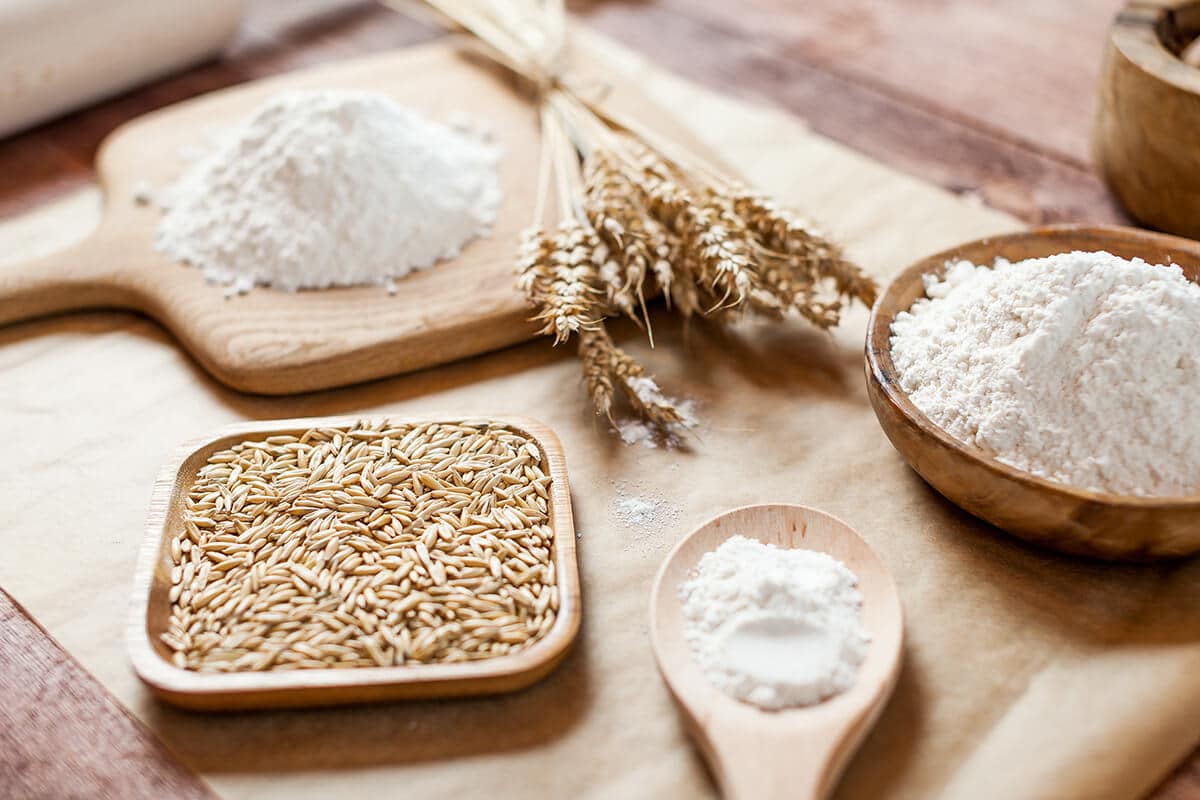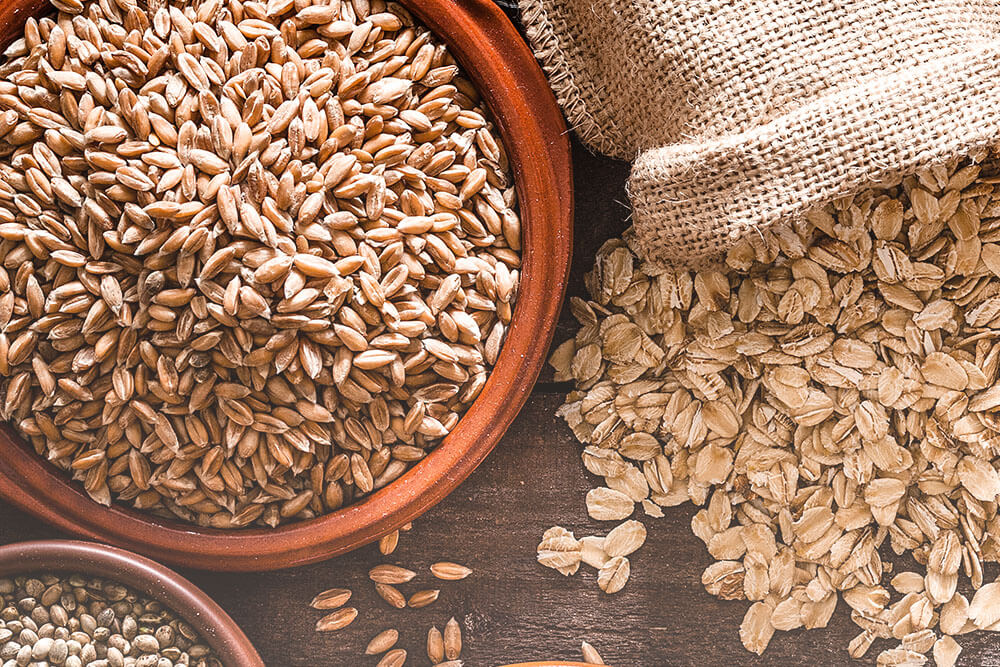THE “WHOLE TRUTH” ABOUT GRAINS
- Less than 8% of Americans consume the minimum recommendation for whole grain foods.
- Less than 10% of dietary fiber consumed comes from whole grain foods, and almost 40% of dietary fiber consumed comes from grain foods that are not 100% whole grain.
- Reducing the amount of enriched refined grain staple foods in the diet could lead to further nutrient intake inadequacies – that is, Americans could possibly consume even less fiber! A large selection of refined, partially whole grain foods, particularly ready-to-eat cereals and breads, are significant sources for several shortfall nutrients identified by the 2015–2020 DGA, including folate, iron, magnesium, and dietary fiber. These are nutrients Americans need more of – and taking grain foods out of the diet means Americans are getting even less of these important and good-for-us vitamins, minerals, and fiber.
- If the Dietary Guidelines for Americans recommends consuming “half your grains from whole grain sources,” then there should also be more information about the “other half.”
- One framework that helps is thinking about staple grain foods versus indulgent grain foods. The role of more “indulgent grain foods” has always been clear – they provide the delight to our celebrations, cultural foodways, and everyday moments of joy.
- Staple grain foods are the nutritious and delicious grain foods that we eat more often – for many Americans, probably several times every day. There are foods like enriched grain bread, buns, rolls, bagels, and English muffins, as well as pasta, and enriched and fortified cereals. There are foods that deliver their own nutrition as well as that of their “friends”: the lean meat or cheese you put on your sandwich, the lettuce and tomato you add to a burger, the tomato and other vegetables you eat with pasta, and the low-fat milk and fruit you add to your cereal. Staple grain foods are the vehicles for so much nutrition in American diets!
Grain Recommendations
The Dietary Guidelines for Americans recommend getting at least half of your grains from whole grain sources. What about the “other half” of the grain recommendation?
Most refined grain staple foods are enriched with vitamins and minerals that both kids and adults need. In fact, it is mandatory in the United States that all refined wheat flour is fortified with folic acid as part of a public health effort to reduce neural tube defects which can occur in very early pregnancy – often before a woman even knows she’s pregnant. Since the folic acid fortification took effect, there has been a dramatic drop in cases of neural tube defects. Whole grain flours are not allowed to be fortified with folic acid.
A healthy diet should include a mix of whole and refined grains. If a child or adult finds a whole grain food less palatable than its enriched counterpart, it’s perfectly OK to eat the refined grain staple food and find a different whole grain food to meet the half-whole-grains goal. For example, a child may prefer iron-fortified white bread over whole grain bread for their sandwiches, but readily eat whole grain pasta with tomato sauce.
The more indulgent grain products that are high in added sugars and saturated fats, such as cookies, cakes, and some snack foods, should be limited… but not eliminated. They can fit in healthy eating patterns as treats for special occasions and simple moments of joy!



